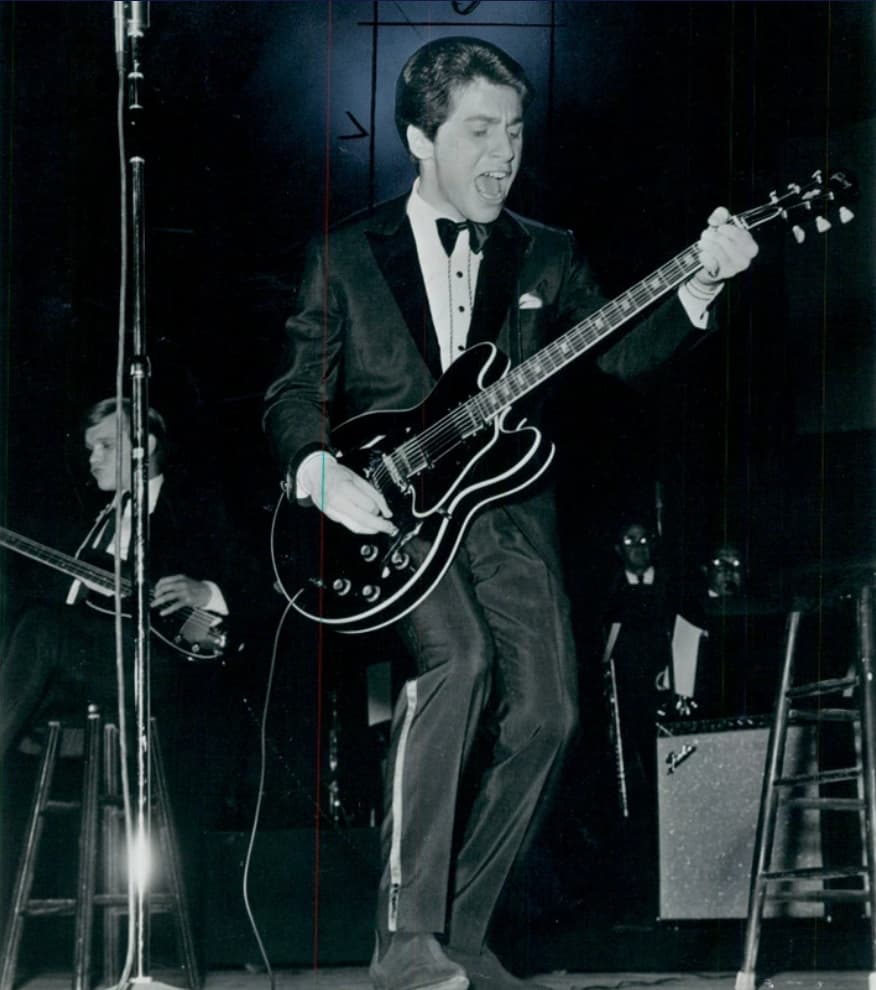
Johnny Rivers and the Timeless Allure of “Do You Want to Dance?”
Johnny Rivers’ “Do You Want to Dance?” is more than just a song; it’s a rhythmic invitation to a bygone era where rock ‘n’ roll was young, and dance floors were filled with swaying bodies. Released in 1962, this infectious tune quickly climbed the charts, becoming a staple of the early 1960s music scene.
The song’s upbeat tempo and catchy melody make it instantly recognizable, even for those who weren’t around when it first hit the airwaves. Rivers’ energetic vocals perfectly capture the excitement and youthful exuberance of the era. His delivery is both playful and confident, encouraging listeners to join in on the fun.
But what truly sets “Do You Want to Dance?” apart is its timeless appeal. The song’s lyrics are simple yet evocative, painting a vivid picture of a carefree night out on the town. The phrase “Do You Want to Dance?” has become synonymous with the thrill of socializing and the joy of movement. It’s a universal question that resonates with people of all ages and backgrounds.
The song’s enduring popularity is evident in the countless covers and reimaginings that have been released over the years. Artists as diverse as The Beach Boys, The Rolling Stones, and Aretha Franklin have all put their own unique spin on “Do You Want to Dance?”, further solidifying its place in the music canon.
Beyond its musical merits, “Do You Want to Dance?” also holds significant cultural value. It serves as a reminder of a simpler time when music had the power to bring people together and create lasting memories. The song’s association with youth culture and rebellion has made it a beloved anthem for generations of music fans.